The Future of 3D Visualization: Trends and Innovations to Watch
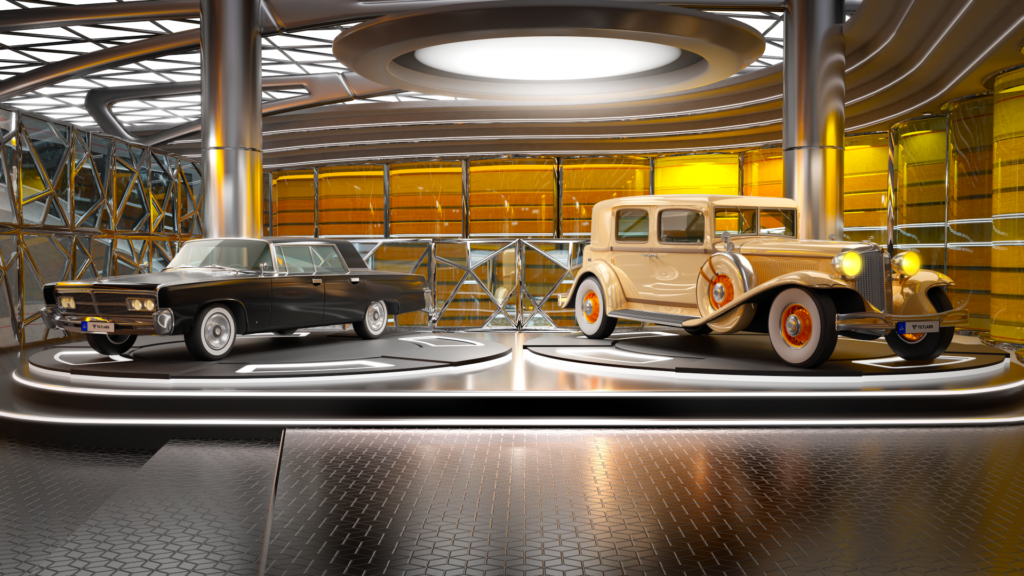
The world of 3D visualization is experiencing a dynamic evolution driven by exciting trends and innovative technologies. From virtual reality (VR) and augmented reality (AR) integration to advancements in real-time rendering, photorealistic visualization, and the integration of artificial intelligence (AI) and machine learning (ML), this field is rapidly expanding. Here in this article, we will explore the trends and innovations shaping the future of 3D visualization. By staying informed about these developments, professionals can position themselves at the forefront of this exciting industry.
The Power of VR and AR Integration
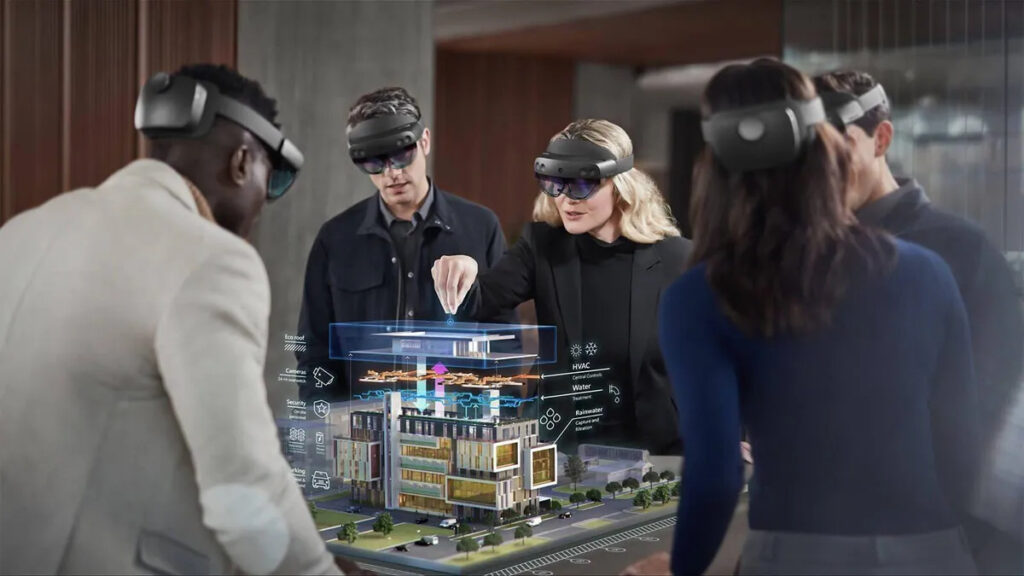
A significant trend in 3D visualization is the seamless integration of VR and AR technologies. VR allows users to immerse themselves in virtual environments, while AR overlays digital elements onto the real world. This integration revolutionizes the way we perceive and interact with 3D visualizations, offering a more realistic and immersive experience.
From architectural design to gaming, VR and AR integration open new dimensions for exploring and interacting with virtual objects. Architects can walk through virtual buildings, experiencing spaces before they are constructed. Gamers can enter virtual worlds and interact with objects as part of the game. The possibilities for immersive experiences are expanding exponentially.
Real-Time Rendering and Interactivity
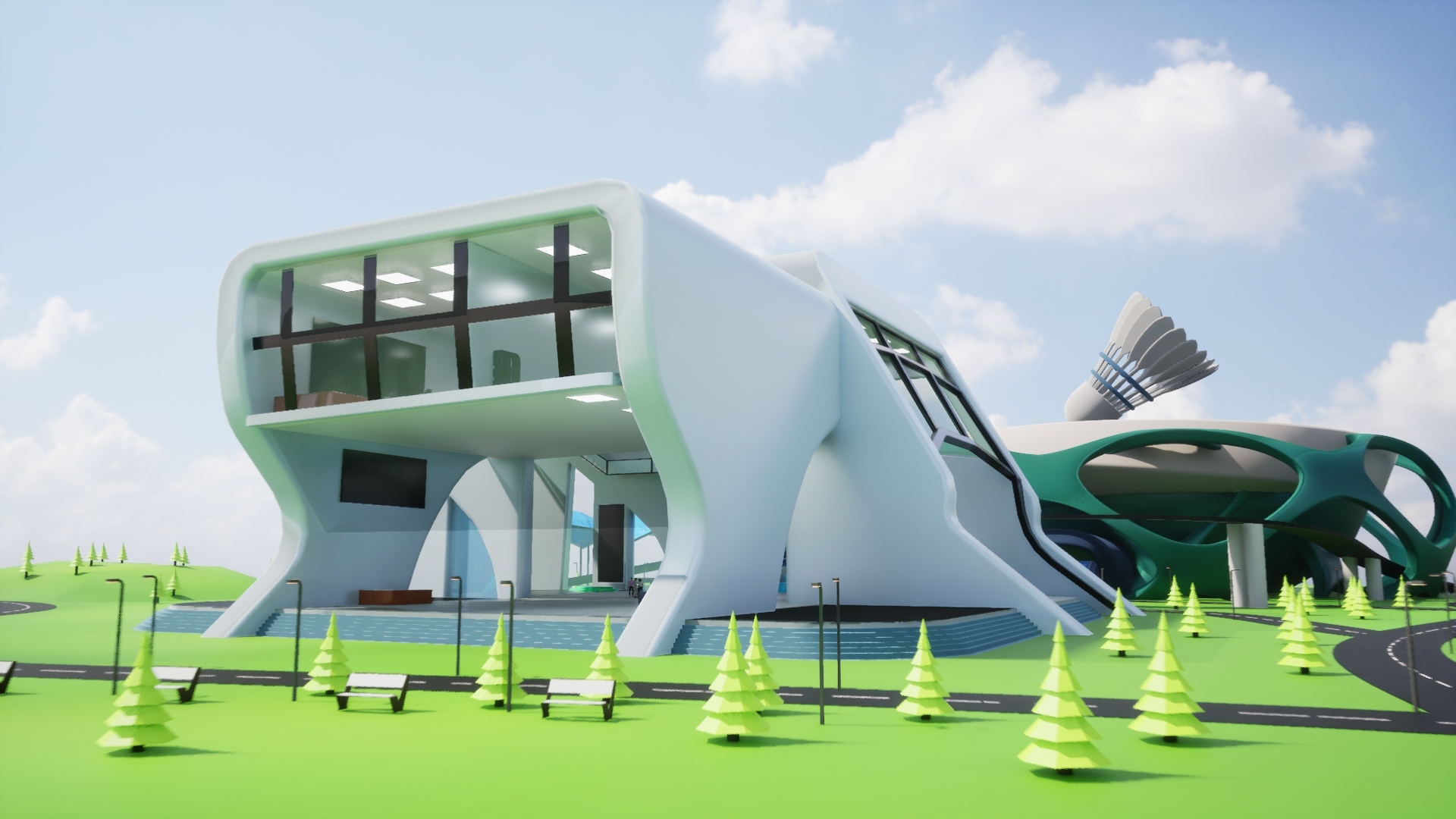
Real-time rendering and interactive experiences have gained popularity in 3D visualization. With real-time renderings, users can interact with and manipulate 3D models on the fly, enhancing the design process and providing valuable insights and feedback. This level of interactivity empowers designers and users with greater flexibility in their visual experiences. Virtual tours and product demonstrations offer immersive and engaging ways to interact with 3D visualizations. Imagine exploring a future apartment or experiencing a product before purchasing it. These interactive experiences provide a deeper understanding of the design and foster better engagement with the audience.
Photorealistic Rendering Techniques
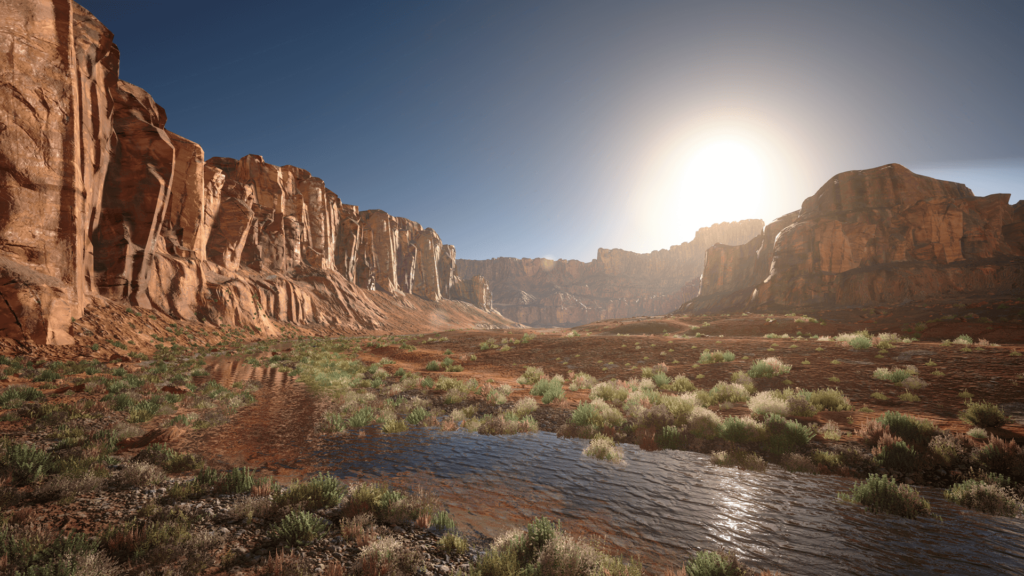
Advancements in photorealistic rendering techniques have propelled 3D visualization to new heights. Thanks to sophisticated rendering algorithms and powerful hardware, designers can now create visuals that are almost indistinguishable from real-life photographs. This level of realism enriches architectural visualizations, product designs, and entertainment experiences, captivating viewers and providing accurate representations of the outcome.
The future of 3D visualization promises even more stunning and lifelike visuals as technology advances. With each iteration, rendering algorithms become more sophisticated, enabling the creation of detailed and realistic 3D models. As designers explore these possibilities, the line between virtual and real becomes increasingly blurred.
AI’s Role in 3D Visualization
The integration of AI and ML holds immense potential for the future of 3D visualization. AI algorithms can analyze vast amounts of data and automatically generate detailed and realistic 3D models, saving time and effort for designers. This automation streamlines the design process and allows designers to focus on the creative aspects of their work. AI and ML integration also enable customization and personalization of 3D visualizations. ML algorithms can provide more intuitive and adaptive experiences by learning from user interactions and preferences. Imagine a 3D visualization that adjusts elements based on individual needs and preferences, creating a truly personalized experience.
As AI and ML technologies advance, intelligent and interactive 3D visualization possibilities are boundless. From automated model generation to personalized experiences, integrating AI and ML will shape the future of 3D visualization and unlock new realms of creativity.
Collaborative Visualization Platforms
Collaboration and teamwork are made easier than ever with the rise of collaborative and cloud-based visualization platforms. These platforms enable multiple users to work together on projects, regardless of their physical locations. Designers can share their work, receive real-time feedback, and collaborate seamlessly, enhancing productivity and efficiency.
Cloud-based platforms provide accessibility, allowing users to access their projects from any device with an internet connection. Whether in the office, at home, or on the go, you can work on your 3D visualizations without limitations. The flexibility offered by cloud-based platforms empowers professionals in the industry to work efficiently and deliver outstanding results.
What to Expect
The future of 3D visualization is an exciting landscape filled with promising trends and innovative technologies. The integration of VR and AR, real-time rendering, photorealistic visualization, AI and ML, as well as collaborative and cloud-based platforms, are shaping the industry’s trajectory. By embracing these trends and staying informed about the latest innovations, professionals can position themselves at the forefront of 3D visualization. The boundaries between the virtual and real world are blurring, opening up possibilities for immersive and interactive experiences that are expanding exponentially.It is crucial to continuously explore and adapt to these trends to stay ahead of the curve. Whether you are an architect, designer, or creative enthusiast, the future of 3D visualization holds immense potential for unlocking new creative avenues and delivering captivating experiences.
Final Thoughts
As technology evolves, we can expect to witness even more groundbreaking advancements in 3D visualization. The integration of VR and AR, real-time rendering, photorealistic visualization, AI and ML technologies, and collaborative and cloud-based platforms is transforming how we produce and engage with 3D visualizations. Embracing these trends and innovations will empower professionals to push the boundaries of imagination and transform how we perceive and engage with the virtual world. Stay tuned for the next wave of innovations and be a part of the exciting future of 3D visualization!
To know more about our 3D visualization capabilities, feel free to get in touch with us at [email protected].
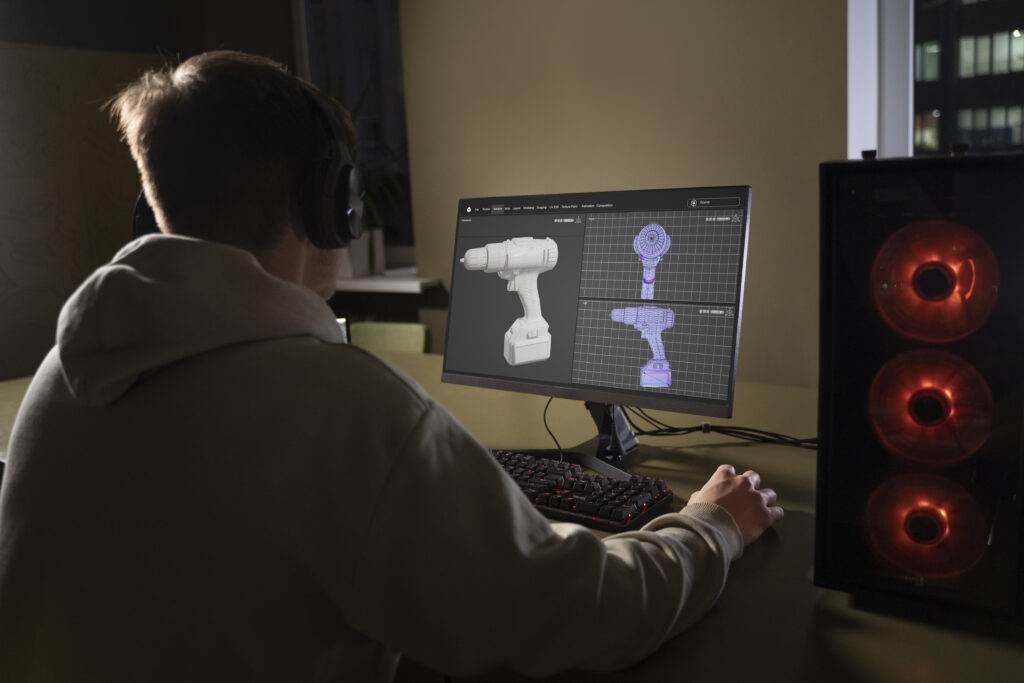








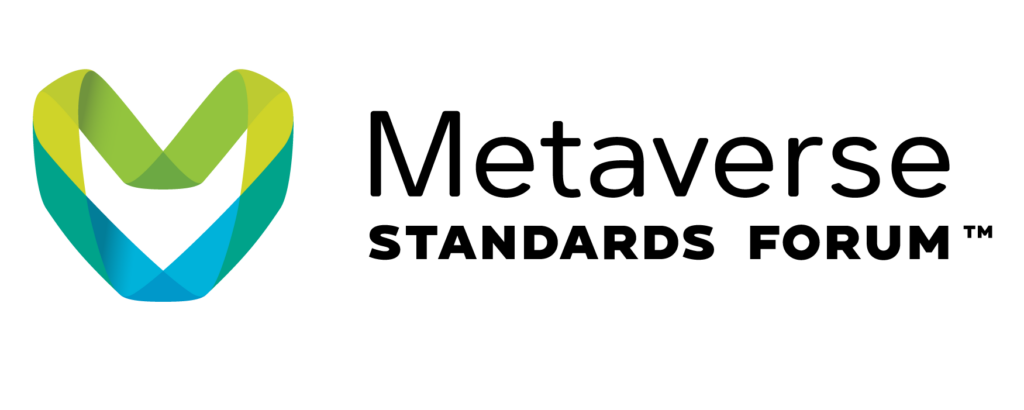


The future of 3D visualization looks incredibly promising, and this article provides an insightful glimpse into the exciting possibilities that lie ahead. As technology continues to evolve, the immersive and interactive nature of 3D visualization is poised to revolutionize various industries, from architecture and design to entertainment and education. The integration of augmented reality, virtual reality, and AI-driven enhancements is set to redefine how we perceive and interact with digital content. This article underscores the transformative impact of 3D visualization, offering an inspiring outlook on the innovative pathways that await us in the dynamic landscape of visual communication.
Ben